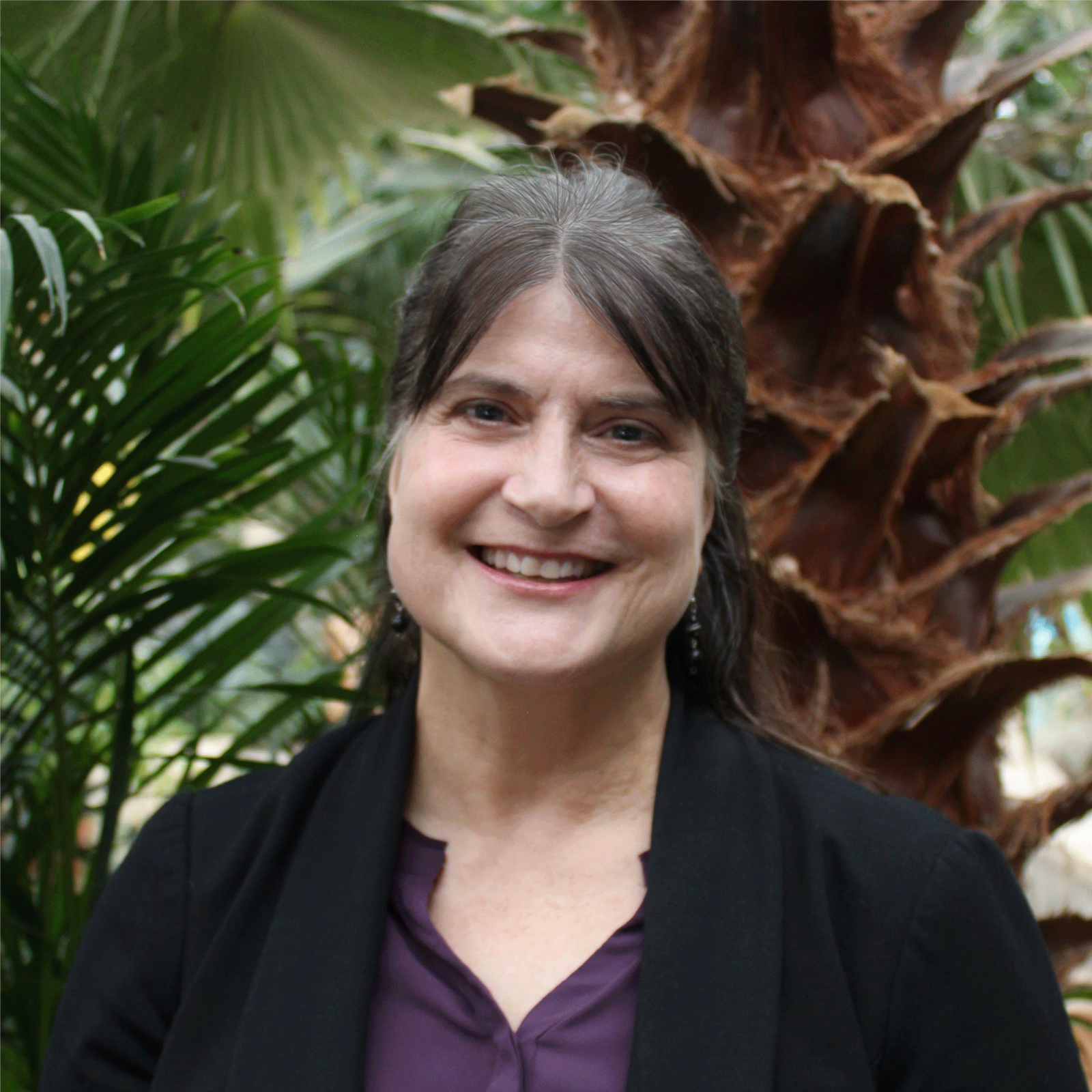For more than 125 years, the university's power plant (pdf) has been providing electricity and steam to support campus needs. The original cogeneration power plant was constructed in 1891, and was located north of the current Laboratory of Mechanics building, then known as Engineering Hall. As campus energy demands continued to grow, and a new plant was built in 1906 at the current location on Beach Road. Since that time, the power plant has been expanded and modified to meet increasing energy demands and ever more stringent environmental regulations. The co-generation power plant is the only source of heating and cooling for the main campus and has the capability to generate electricity to support all campus operations, if needed.
Though the university incorporates non-renewable fuels within its current fuel portfolio to meet campus energy demands, reduction of non-renewables is an ongoing goal. In 2009, ISU and the City of Ames entered into a joint contract with a local wind farm to purchase the equivalent wind power of 10% of ISU’s electrical consumption. Though contracted to receive this percentage, various challenges with transmission capacity and wind farm productivity have resulted in lower consumption percentages. In addition to wind energy, ISU has agreed to purchase 37.5% of the electricity generated at the new City of Ames solar farm, becoming operational in 2021. The remaining bulk electricity purchases from the Midwest electrical grid are then sourced from renewable energy providers using renewable energy credits.
In 2012, the three Regents Institutions collaborated on a joint Environmental Strategies Study to help identify alternatives to satisfy present and future campus energy demands, while considering future environmental regulations, campus sustainability goals and life cycle costs. This led to the current renovations to the power plant, increasing operational efficiencies, as well as providing enhanced infrastructure to diversify ISU's fuel portfolio to include natural gas. These efforts continue with project planning underway to migrate toward carbon neutrality with Iowa State University becoming a coal-free campus in 2023.
Iowa State explores efficiency improvements, alternative energy sources and other strategies to improve operations and minimize emissions on an ongoing basis, monitoring all emissions from the operation of the power plant, as well as operations supporting the day-to-day needs of the university. Reporting of greenhouse gas emissions is completed on an annual basis and utilized for performance tracking and process improvement planning an ongoing basis. Utilities Services has tested alternative energy sources, such as construction and demolition waste, wood pellets and wood chips. Some of these products have their own environmental and economic challenges. Staff members continue to explore other energy sources that can reduce emissions without significant increases in cost.
Compliance with all environmental regulations is one of the responsibilities of the power plant staff. Because of the plant efficiency and the proper operation of the plant and its pollution control systems, the power plant operates at emission levels significantly lower than permitted by the Iowa Department of Natural Resources.
To complement the university's efforts to diversify its energy portfolio, a number of energy efficiency initiatives have been put into action to reduce Iowa State's collective energy demand. These initiatives range include the installation of energy savings devices (occupancy sensors, timers and vending machine misers),replacement of building / parking lot / sidewalk lights with LED lighting, window replacements, building ventilation setbacks during evening hours and extended University breaks, along continued monitoring of building systems to identify efficiency opportunities and operations efficacy by the building re-commissioning team. All of these initiatives have resulted in a reduction of campus energy consumption.
See the dropdowns below to see how Energy & Climate considerations are making an impact within each of the three facets of sustainability.
